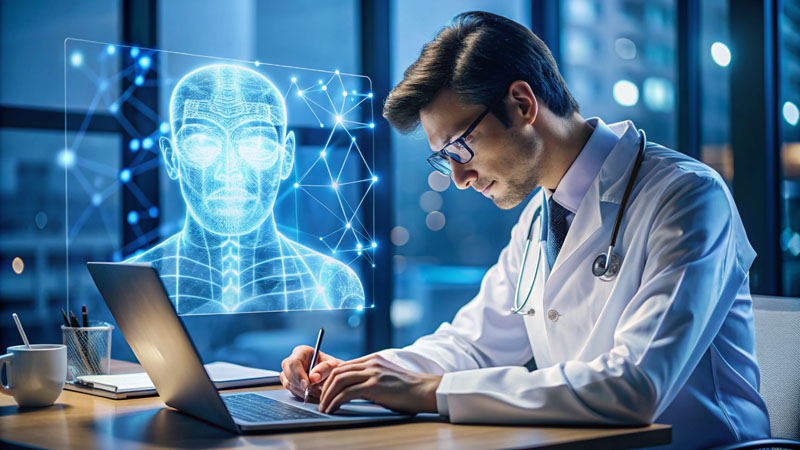
In currently’s fast-paced medical entire world, exact documentation is more critical than ever. Medical practitioners, nurses, along with other Health care industry experts spend hours recording notes, summaries, and reviews. This is where AI Medical Transcription comes in, which makes it much easier to transform voice notes into apparent, written healthcare records. This engineering will help help save time, lower problems, and make improvements to affected individual treatment by allowing for gurus to aim extra on people today and fewer on paperwork.
Why AI Transcription Issues in Healthcare
Traditional transcription methods take time and infrequently have to have human typists, which may result in delays or problems. With artificial intelligence, transcription becomes a lot quicker plus more trusted. The program listens, understands healthcare conditions, and routinely varieties them out in genuine-time. This will help reduce the load on team and quickens communication involving teams and departments.
Most effective AI Health care Transcription Computer software for Clinics
Deciding on the Best AI Medical Transcription Software for Clinics might make a big variation in every day workflow. A fantastic program should really realize professional medical language, manage accents, and adapt to distinctive specialties like dermatology, radiology, or cardiology. Additional importantly, it should keep precision while getting simple to operate. When transcription software program can understand and make improvements to with time, clinics spend less and deliver much better care due to the fact team spend much less time correcting notes.
HIPAA Compliant AI Health care Transcription
When working with affected individual documents, privateness can be a top precedence. That’s why HIPAA Compliant AI Healthcare Transcription is so essential. HIPAA (Wellness Insurance policy Portability and Accountability Act) sets The principles for retaining health-related information private and protected. A responsible AI transcription Resource follows these pointers, making certain that every recording, file, and report stays safe from unauthorized obtain. This offers both Health care pros and individuals reassurance that their information is secured.
How can AI Healthcare Transcription Make improvements to Healthcare?
Lots of people wonder,
Also, automatic transcription cuts down human mistake. AI methods can acknowledge intricate clinical conditions, drug names, and abbreviations, guaranteeing that no important aspects are skipped. With this type of precision, clinical groups may make superior, additional knowledgeable selections.
AI Health care Transcription for Radiology Studies
Among the most demanding regions of documentation is radiology. Specialists frequently dictate lengthy and detailed conclusions for every scan or X-ray. AI Medical Transcription for Radiology Reports aids simplify this job by precisely converting spoken observations into created summaries. This reduces turnaround time and allows radiologists center on interpreting benefits as opposed to writing them down.
By making use of AI transcription, radiology departments could also preserve documents additional organized. The procedure can routinely tag and categorize reports, rendering it easy to retrieve them later on. This boosts efficiency and will help preserve a transparent record For each patient scenario.
Way forward for AI in Health-related Transcription
As technology carries on to mature, AI transcription will only grow to be smarter. Before long, it may be able to detect designs in affected individual information, advise corrections, or even integrate specifically with Digital well being file units. This may even further streamline interaction and reduce administrative burdens for healthcare employees.
Ultimate Views
AI transcription is a lot more than simply a time-preserving tool — it’s a phase toward a smarter, much more productive healthcare process. By making use of dependable platforms like DoraScribe, clinics and hospitals can enjoy more quickly documentation, better accuracy, and improved affected person outcomes. It’s not nearly replacing manual work; it’s about empowering healthcare specialists to accomplish the things they do greatest — care for individuals.